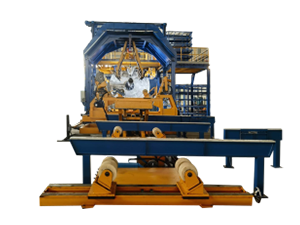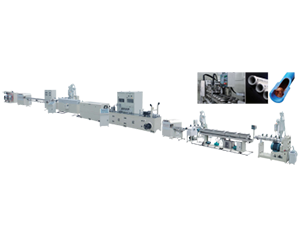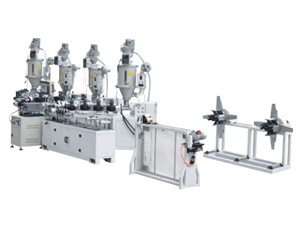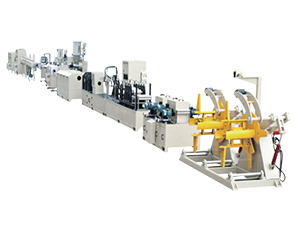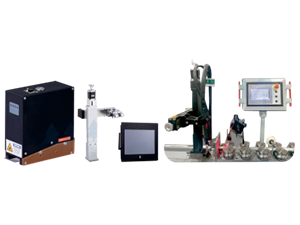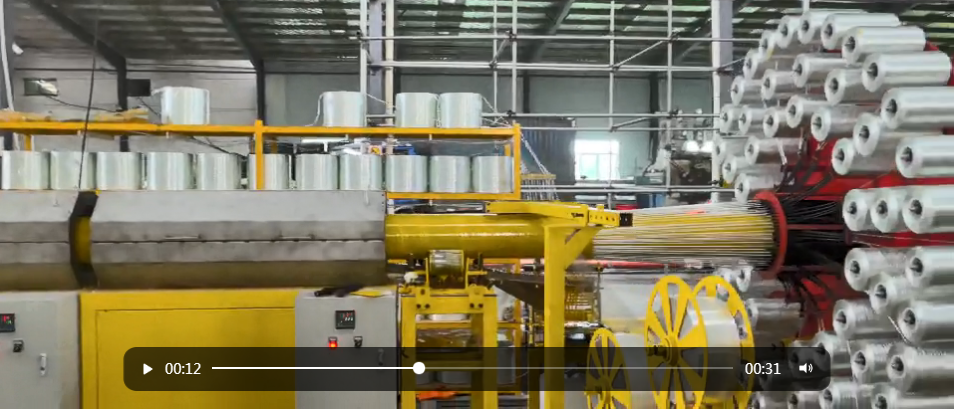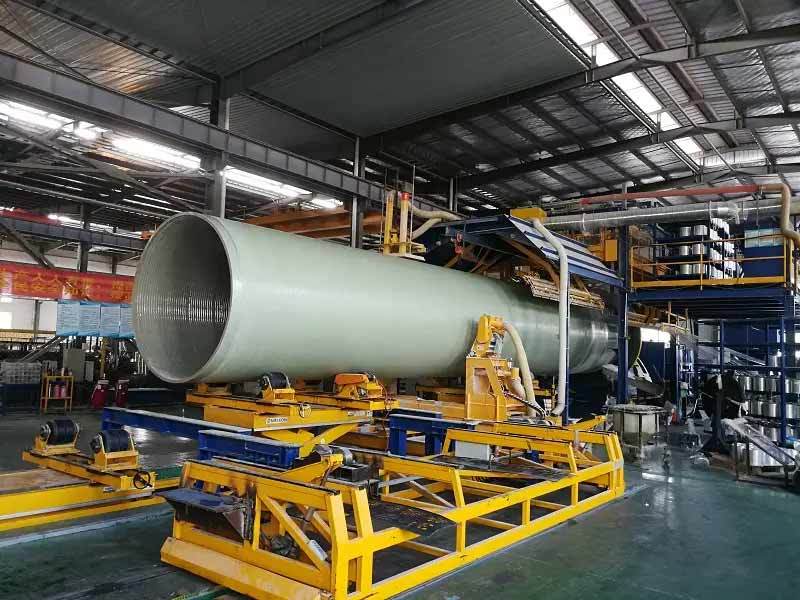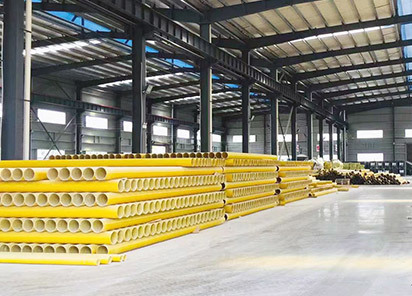Innovative Insights into GRP Plant Operations: A Comprehensive Guide for Manufacturing Professionals
Mar 27,2025
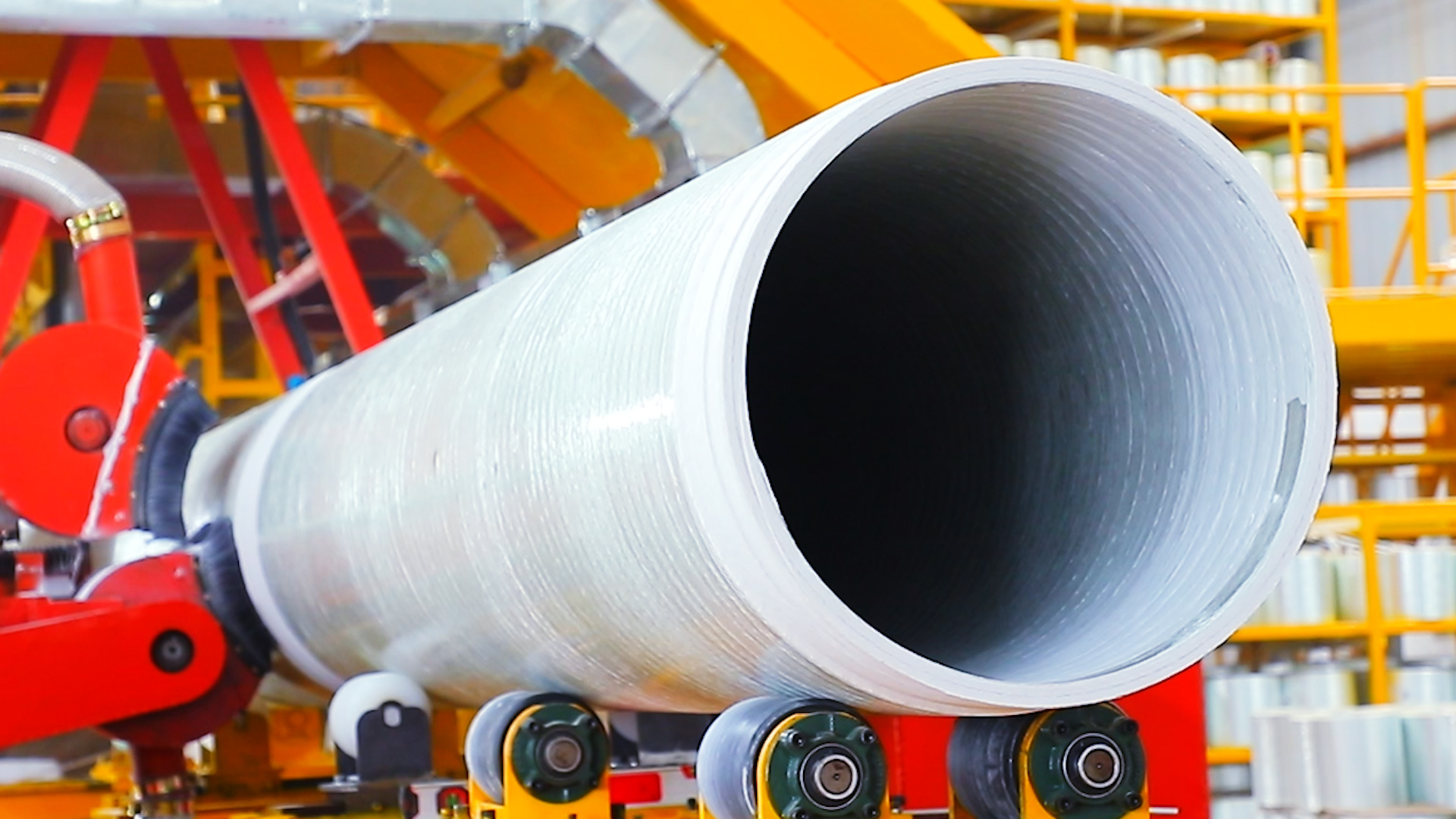
In the realm of manufacturing, the utilization of GRP (Glass Reinforced Plastic) plants is becoming increasingly significant due to their capacity to produce lightweight, durable, and corrosion-resistant materials. For professionals in the manufacturing and machining sector, understanding the operational nuances of a GRP plant is crucial for optimizing production and ensuring high-quality output.
GRP is a composite material made of a polymer matrix reinforced with glass fibers. One of the foremost advantages of utilizing GRP in manufacturing is its strength-to-weight ratio, which surpasses that of traditional materials such as metals and wood. This characteristic not only facilitates the production of lighter components but also allows for the creation of complex shapes that are difficult to achieve with conventional methods. Professionals should recognize the importance of selecting the right type of glass fibers and resins, as these choices greatly influence the final product's performance attributes.
When designing a GRP plant, several key factors must be considered to enhance efficiency and product quality. The first aspect is the selection of appropriate processing methods. Techniques such as hand lay-up, spray-up, and filament winding are commonly employed in GRP manufacturing. Each method has its own set of advantages and is suitable for different applications. Professionals should assess their production needs and choose the most efficient method to meet those requirements.
Moreover, the curing process is a vital component of GRP production that influences the final material properties. Curing can be achieved through various techniques, including ambient temperature, heat, or the use of ultraviolet light. Understanding the parameters that affect curing time and temperature will enable professionals to optimize production schedules and enhance the overall efficiency of the GRP plant.
Quality control is another critical aspect that cannot be overlooked. Implementing rigorous testing protocols, such as mechanical property tests and environmental exposure assessments, ensures that the GRP products meet required industry standards and customer expectations. Professionals should invest in advanced inspection technologies, such as non-destructive testing, to detect any defects early in the manufacturing process.
Finally, staying abreast of the latest advancements in GRP technology, including recycling methods and sustainable practices, is essential for maintaining a competitive edge in the market. As the demand for environmentally friendly solutions continues to grow, integrating sustainable practices in GRP plant operations will not only enhance brand reputation but also align with emerging industry trends.
In conclusion, understanding the intricacies of GRP plant operations is crucial for manufacturing professionals striving for excellence in the production of advanced composite materials. By focusing on material selection, processing techniques, quality control, and sustainability, professionals can significantly enhance their GRP plant's performance and output quality.
GRP is a composite material made of a polymer matrix reinforced with glass fibers. One of the foremost advantages of utilizing GRP in manufacturing is its strength-to-weight ratio, which surpasses that of traditional materials such as metals and wood. This characteristic not only facilitates the production of lighter components but also allows for the creation of complex shapes that are difficult to achieve with conventional methods. Professionals should recognize the importance of selecting the right type of glass fibers and resins, as these choices greatly influence the final product's performance attributes.
When designing a GRP plant, several key factors must be considered to enhance efficiency and product quality. The first aspect is the selection of appropriate processing methods. Techniques such as hand lay-up, spray-up, and filament winding are commonly employed in GRP manufacturing. Each method has its own set of advantages and is suitable for different applications. Professionals should assess their production needs and choose the most efficient method to meet those requirements.
Moreover, the curing process is a vital component of GRP production that influences the final material properties. Curing can be achieved through various techniques, including ambient temperature, heat, or the use of ultraviolet light. Understanding the parameters that affect curing time and temperature will enable professionals to optimize production schedules and enhance the overall efficiency of the GRP plant.
Quality control is another critical aspect that cannot be overlooked. Implementing rigorous testing protocols, such as mechanical property tests and environmental exposure assessments, ensures that the GRP products meet required industry standards and customer expectations. Professionals should invest in advanced inspection technologies, such as non-destructive testing, to detect any defects early in the manufacturing process.
Finally, staying abreast of the latest advancements in GRP technology, including recycling methods and sustainable practices, is essential for maintaining a competitive edge in the market. As the demand for environmentally friendly solutions continues to grow, integrating sustainable practices in GRP plant operations will not only enhance brand reputation but also align with emerging industry trends.
In conclusion, understanding the intricacies of GRP plant operations is crucial for manufacturing professionals striving for excellence in the production of advanced composite materials. By focusing on material selection, processing techniques, quality control, and sustainability, professionals can significantly enhance their GRP plant's performance and output quality.
Contact Us
E-mail:
Phone/Wechat/WhatsApp
Address:
A2-1408, Kaichuang Avenue to Tai Plaza, Huangpu District, Guangzhou City, Guangdong Province


